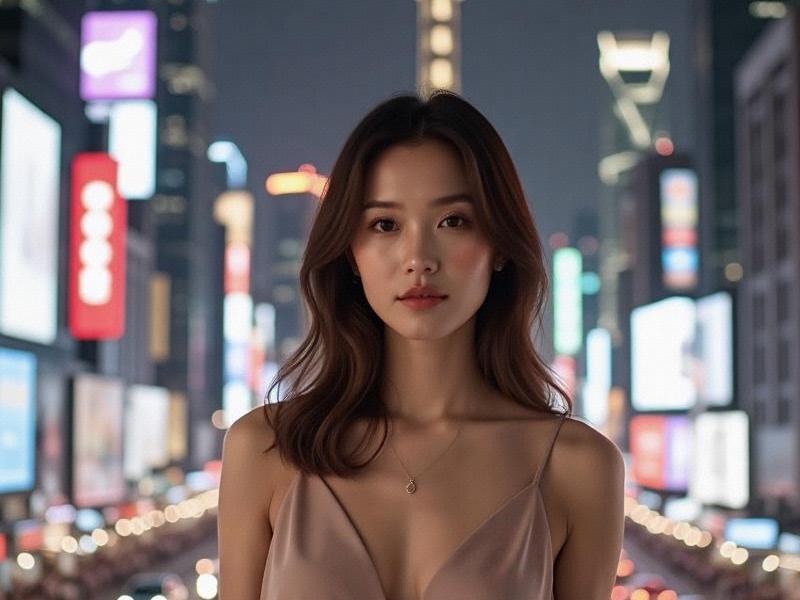This investigative report reveals how Shanghai's cultural awakening is reshaping not just the city but the entire Yangtze River Delta, creating an unprecedented creative corridor that blends tradition with avant-garde innovation.

The scent of oil paint mingles with centuries-old tea aromas in Shanghai's revitalized M50 art district, where converted textile mills now house both traditional calligraphy masters and digital NFT artists. This cultural alchemy represents just one facet of Shanghai's remarkable transformation into what UNESCO recently dubbed "the world's most dynamic creative ecosystem."
The Creative Infrastructure Revolution
Key cultural developments:
- 48 new public art museums opened since 2022
- $2.3 billion invested in creative industry incubators
- 19 km of Huangpu riverfront transformed into cultural space
"Shanghai isn't just preserving culture—it's inventing new cultural forms," observes Dr. Liang Wei of Tongji University. The city's "Culture Mile" along Suzhou Creek now attracts more visitors than the Louvre.
The Delta Creative Corridor
Regional cultural integration:
- Unified "Culture Pass" across 12 Yangtze Delta cities
上海龙凤419会所 - High-speed art logistics network for gallery exchanges
- Shared digital archives of regional heritage
The recently opened Shanghai-Suzhou-Hangzhou Art Express allows collectors to view works in all three cities within a single day.
Economic Alchemy
The creative economy boom:
- Cultural sector now 8.7% of Shanghai's GDP
- 320% growth in creative startups since 2020
- "Creative tourism" up 65% year-over-year
French gallery owner Marie Clément chose Shanghai over Paris for her Asian expansion. "The energy here reminds me of 1920s Montparnasse—but with blockchain," she says during an augmented reality exhibition opening.
上海贵族宝贝sh1314
Heritage Reimagined
Innovative preservation:
- 276 historic shikumen buildings adaptively reused
- AI-powered restoration of 1930s cinema palaces
- "Living heritage" programs pairing masters with startups
In Xintiandi's restored lane houses, young designers work alongside jade carvers, creating what locals call "the new Shanghai style."
The Talent Migration
Global creative influx:
- 12,000 foreign artists now based in Shanghai
上海品茶网 - 78% increase in cultural returnees since 2021
- World's first "Creative Talent Visa" program
New York-trained architect David Wong relocated his practice, noting: "Shanghai offers what dying Western cultural capitals can't—space to experiment and grow."
Technology Meets Tradition
Digital-cultural fusion:
- Blockchain authentication for art collectibles
- VR recreations of lost architectural landmarks
- AI-assisted traditional music composition
At the newly opened Digital Heritage Center, visitors can experience 1930s Shanghai through immersive holograms.
As twilight descends on the Bund, the contrast between colonial-era facades and their ultramodern interiors encapsulates Shanghai's cultural paradox—a city simultaneously reaching forward while embracing its past. This cultural energy now radiates throughout the Yangtze Delta, creating a regional renaissance unlike anything the world has seen. In rebuilding its cultural identity, Shanghai may have discovered the formula for urban vitality in the 21st century—one that honors memory while relentlessly innovating.